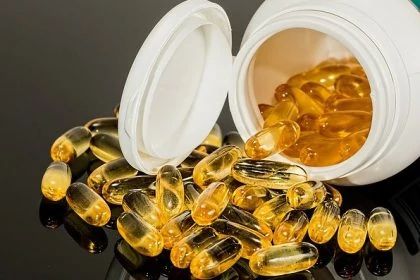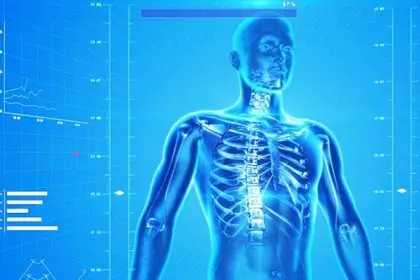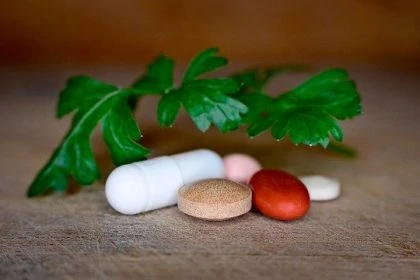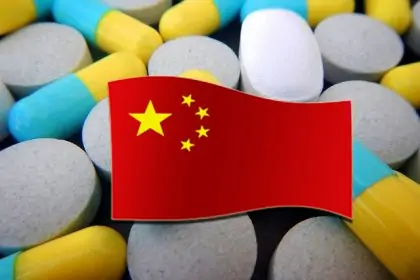The European Court of Justice ruled last week that Roche Novartis’s cartel could be illegal for years. The focus is on Avastin and Lucentis for eye diseases and the question of whether and to what extent Article 101 TFEU protects the market dynamics resulting from off-label use.
 The decision (C-179/16) is part of a long-standing proceeding between the two Swiss pharmaceutical groups Novartis AG and Hoffmann-La Roche AG and the Italian Competition and Market Authority (AGCM). The agreement between Roche and Novartis aimed at reducing the use of Avastin in ophthalmic products and increasing the use of Lucentis in ophthalmic products could constitute a restriction of competition. The European Court of Justice (ECJ) ruled last week.
The decision (C-179/16) is part of a long-standing proceeding between the two Swiss pharmaceutical groups Novartis AG and Hoffmann-La Roche AG and the Italian Competition and Market Authority (AGCM). The agreement between Roche and Novartis aimed at reducing the use of Avastin in ophthalmic products and increasing the use of Lucentis in ophthalmic products could constitute a restriction of competition. The European Court of Justice (ECJ) ruled last week.
The Background
In 2014, the Italian Competition and Market Authority (AGCM) imposed two fines of over €90 million each on Roche and Novartis for the conclusion of an artificial differentiation agreement between Avastin and Lucentis. From AGCM’s point of view, Avastin and Lucentis are completely equivalent for the treatment of eye diseases. The drugs are based on different active ingredients, which are derived from the same antibody and have the same therapeutic mechanism.
The aim of the agreement was to promote a general perception that raised concerns about the safety of Avastin’s ophthalmic applications in order to shift demand in favour of Lucentis. The AGCM assumes that this shift alone would have caused additional costs of approximately 45 million euros for 2012, which would have to be borne by the Italian healthcare system.
Roche and Novartis appealed to the Council of State of the Italian Republic, which in turn appealed to the European Court of Justice to interpret the competition rules in the Union. In particular, the European Court of Justice should clarify the legal uncertainty regarding the legality of prescribing and placing a medicinal product on the market with regard to its off-label use.
Interpretation of Article 101 TFEU
The ECJ therefore dealt extensively with the interpretation of Article 101 TFEU on the following aspects:
- whether the legal obstacles resulting from the provisions on the placing on the market of medicinal products for use outside labelling (Directive 2001/83/EC, paragraph 6) exclude the substitutability of Avastin and Lucentis for the treatment of eye diseases and thus their inclusion in the same product market.
- whether the restrictions on competition are exempt from the prohibition rule in Article 101 (1) of the TFEU because it is a supplementary agreement to the licence agreement?
- whether the collusive behaviour in question can in any event be considered as an intended restriction of competition. The Court of First Instance also wondered whether it was important for the application of Article 101 TFEU that the collusion behaviour in question arose within the framework of a licensing agreement between undertakings which are not in competition.
“Where an initial marketing authorisation has been granted for a medicinal product in accordance with the first subparagraph, all other strengths, pharmaceutical forms, routes of administration and forms of administration, as well as any modifications and extensions referred to in the first subparagraph, shall be approved or included in the initial marketing authorisation. All such marketing authorisations shall be… considered as forming part of the same global marketing authorisation.” Directive 2001/83/EC, paragraph 6
Off-label use
 Off-label usage refers to the fact that a drug is used against a disease for which it is not approved by the regulatory authorities. The off-label use of pharmaceuticals differs from one EU country to another and in different therapeutic areas. EU legislation takes this into account and includes a number of provisions (before and after off-label use) restricting the possibility of placing on the market medicinal products intended for such use (Regulation (EC) No 726/2004). Pharmaceutical manufacturers must observe the rules of the pharmacovigilance system when using off-label drugs. On the other hand, EU law does not regulate the prescription of medicines for off-label use, since the therapeutic freedom of doctors is given higher priority here.
Off-label usage refers to the fact that a drug is used against a disease for which it is not approved by the regulatory authorities. The off-label use of pharmaceuticals differs from one EU country to another and in different therapeutic areas. EU legislation takes this into account and includes a number of provisions (before and after off-label use) restricting the possibility of placing on the market medicinal products intended for such use (Regulation (EC) No 726/2004). Pharmaceutical manufacturers must observe the rules of the pharmacovigilance system when using off-label drugs. On the other hand, EU law does not regulate the prescription of medicines for off-label use, since the therapeutic freedom of doctors is given higher priority here.
The ECJ pointed out that, for the purposes of applying Article 101.1 of the TFEU, the relevant market for the purposes of applying Article 101.1 TFEU, taking into account the specific features of competition in the pharmaceutical sector, could in principle include those medicinal products which can be used for the same therapeutic indications.
ECJ sees possible restriction of competition
In its ruling, the ECJ clarified important questions concerning the legal framework for the marketing of pharmaceuticals and EU competition law. The ECJ decided in detail:
- A national competition authority may decide on the placing of medicinal products on the market, including outside labelling. It also assesses how this may affect the structure of demand and supply.
- An agreement between the parties to a licensing agreement concerning the exploitation of a medicinal product is not withdrawn from the application of this provision because it is, for example, a subsidiary agreement to the licensing agreement.
- An artificial differentiation agreement is an “intended” restriction of competition within the meaning of this provision. This also applies to a licensing agreement between companies that are not in competition.
What’s the next step?
The procedure, which has now been decided, is an intermediate stage in the legal dispute pending before the referring Italian court. The national courts must clarify whether there was a fraudulent collusion in which the two pharmaceutical companies committed themselves to making claims to third parties about the lesser safety of one drug than another.
Are you looking for help in questions of competition?
Please take your chance and contact us. You can request a first non-binding call-back at:
Souces:
Pictures:
PIRO4D / pixabay.com / CC0 License || Gromovataya / pixabay.com / CCO License







